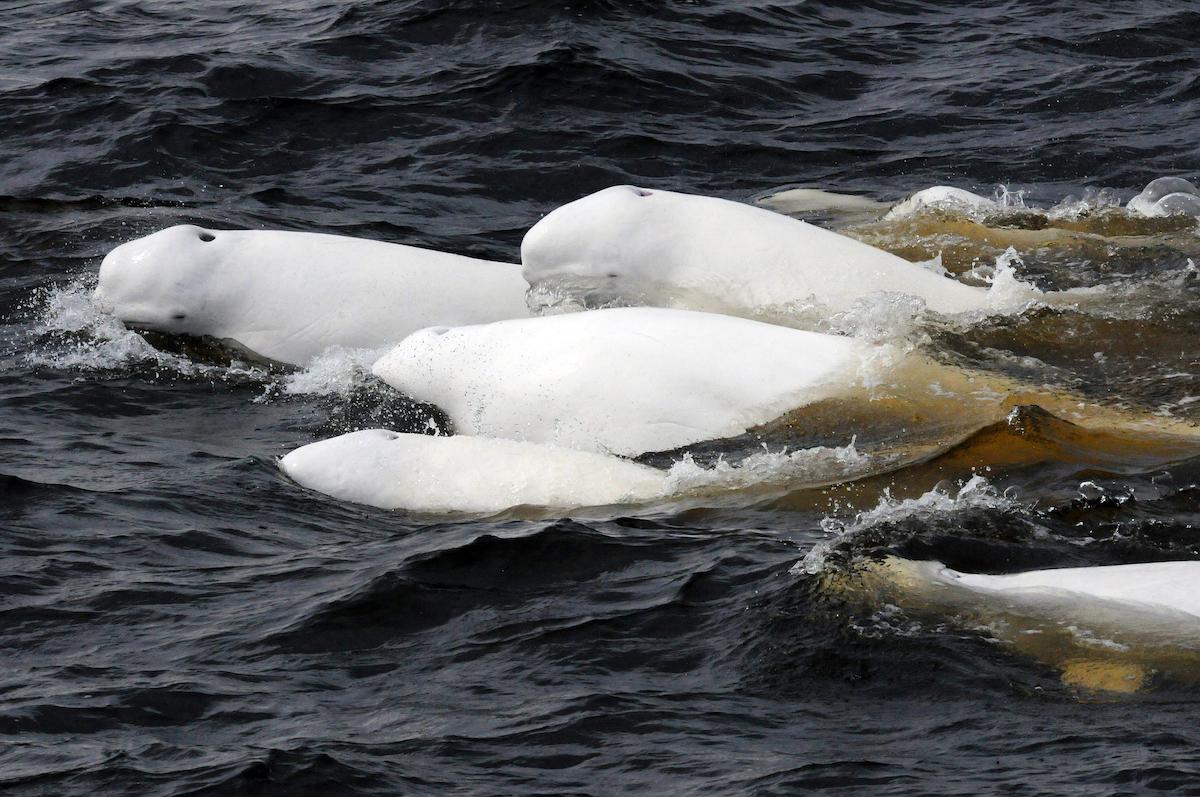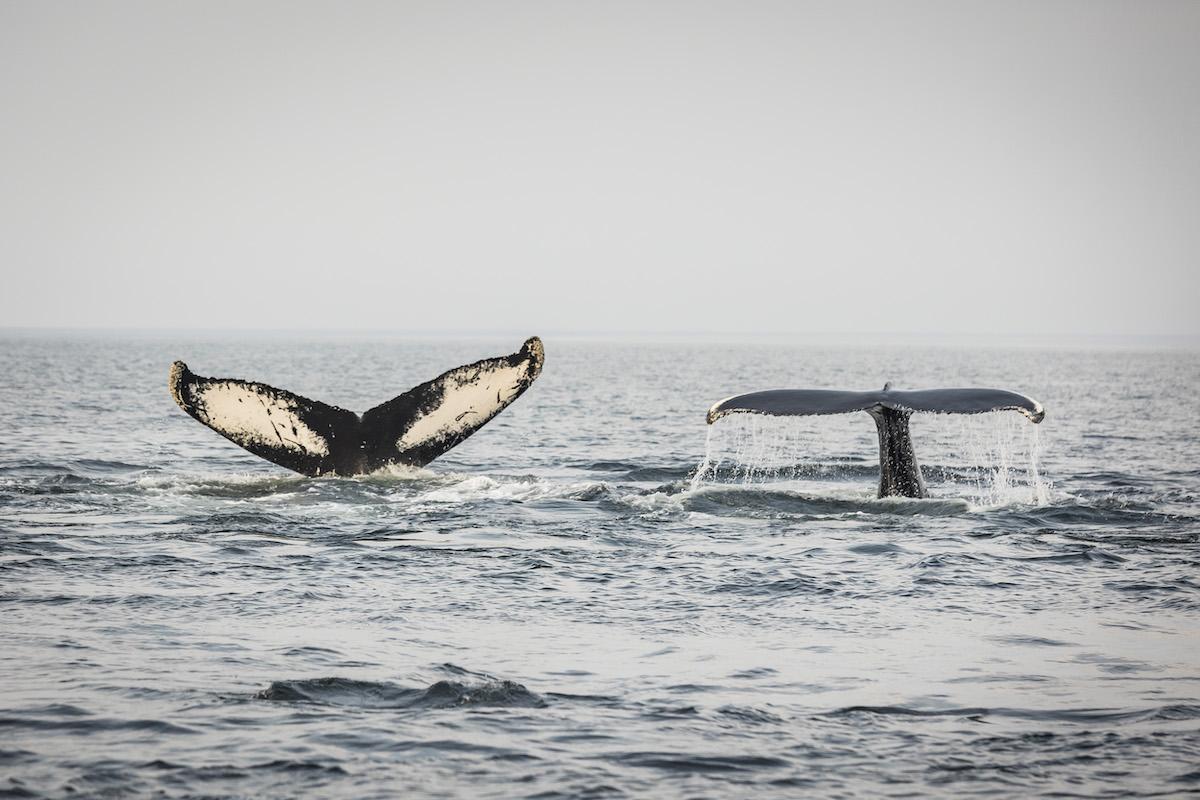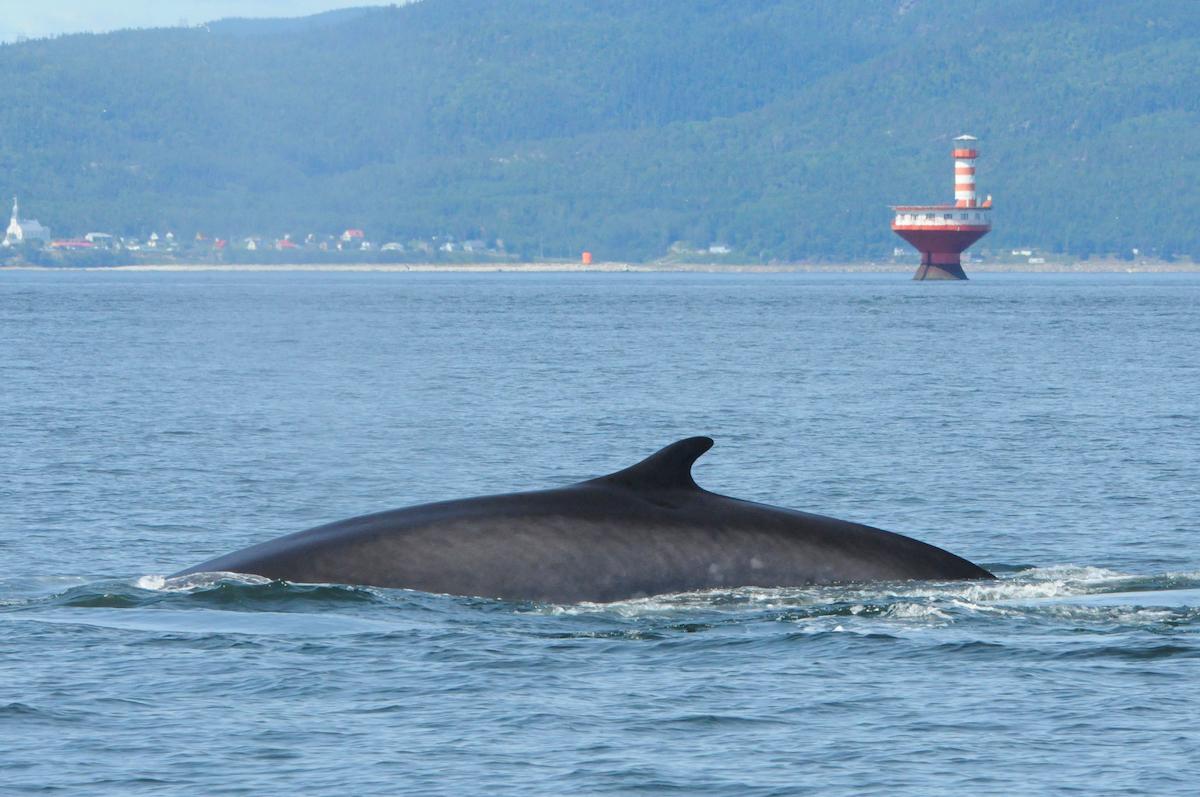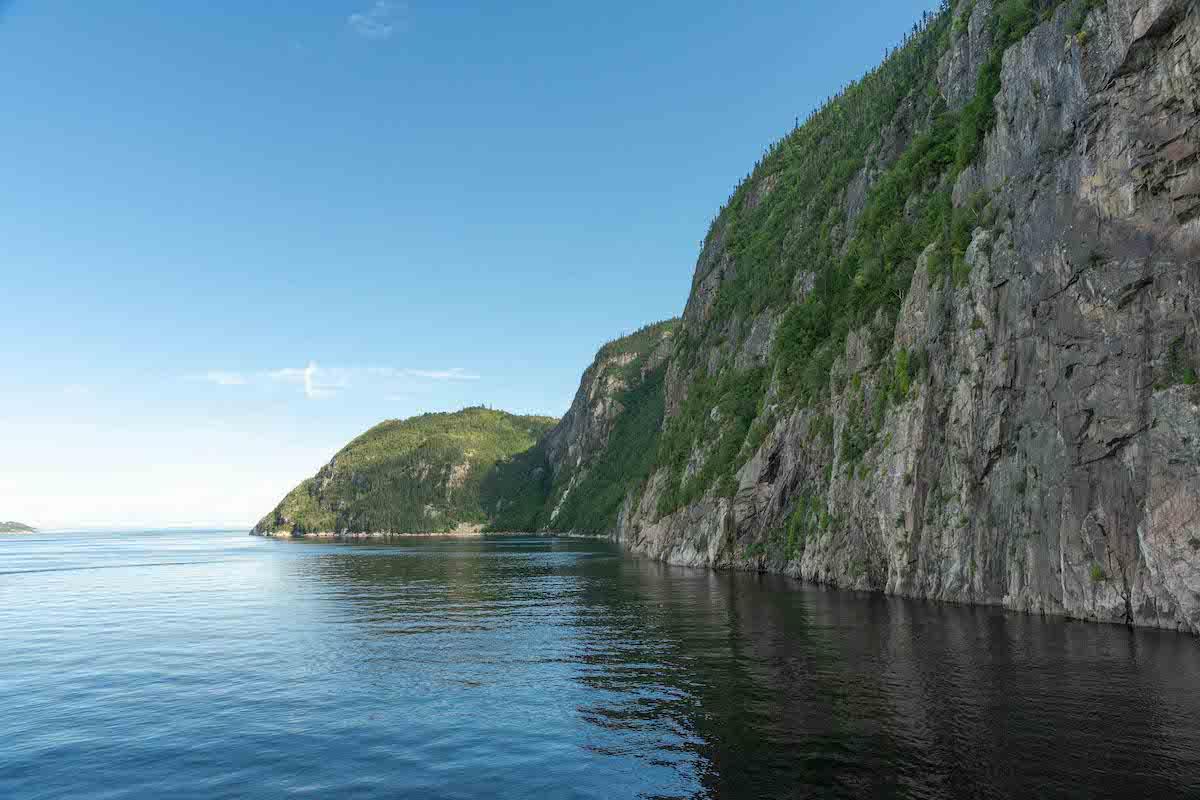
Endangered beluga whales can be found in Saguenay-St. Lawrence Marine Park/Parks Canada, Renaud Pintiaux
The Canadian and Quebec governments have announced they’re working to expand the boundaries of the Saguenay–St. Lawrence Marine Park. This project aims to better protect the biodiversity and ecosystems of the St. Lawrence Estuary, which is home to nearly 2,200 animal and plant species including the endangered beluga.
The project aims to protect the critical habitat of the St. Lawrence beluga, as more than 60 percent of this habitat currently lies outside the park boundaries. It also aims to preserve a high-quality feeding ground for several species of whales, some of which are in a precarious situation.
In 2020, as a first act of protection by Quebec, territorial reserves were set aside with the goal of eventually creating protected areas. This project would help to consolidate the protection of a significant part of these territories and could quadruple the park’s area.
The two governments will start jointly meeting with regional and municipal organizations, as well as all stakeholders including Indigenous nations, research groups and local businesses to exchange perspectives and obtain feedback. A public consultation phase will then be held to discuss proposed limits and proposed protection measures.
“This collaboration between our governments is a clear sign that protecting biodiversity and endangered species is a shared priority,” Steven Guilbeault, Minister of Environment and Climate Change and Minister responsible for Parks Canada, said in a news release.
Benoit Charette, Minister of the Environment, the Fight against Climate Change, Wildlife and Parks and Minister responsible for the Laurentians region called the park “a source of national pride and a true natural jewel of Quebec.”

Several kinds of whales can be seen in Saguenay-St. Lawrence Marine Park in Quebec/Parks Canada, Mathieu Dupuis
The park was created in 1998 at the request of the community to protect the beluga and its habitat. It’s a unique Quebec/Canada joint marine protected area created by Quebec and federal legislation — the Saguenay–St. Lawrence Marine Park Act.
With a current surface area of 1,245 square kilometres (480 square miles), the park is on Quebec public lands at the confluence of the Saguenay River and the St. Lawrence Estuary.
Since 1998, significant efforts have been made to preserve marine mammals, including beluga. However, the beluga population has continued to decline at a rate of about one per cent per year. Since the 2000s, there has been a critical and unexplained increase in mortality among newborns and females of reproductive age, which suggests an acceleration of the beluga’s decline in the coming years.
The St. Lawrence beluga is the only whale species that resides in the park year-round and gives birth there. While there were nearly 10,000 at the end of the 19th century, the species is now endangered with a population of less than 900. Currently, the limits of the marine park cover 37 percent of the beluga’s critical habitat.

People come to Saguenay-St. Lawrence Marine Park for the whale watching/Parks Canada, Renaud Pintiaux
Several park regulations target beluga protection to provide it with the space and tranquility it needs:
• There must be a minimum distance of 400 metres (1,312 feet) between boats and belugas and there is an obligation to move away from them at between 5 and 10 knots when within a radius of 926 metres (3,038 feet) from a beluga.
• Speeds must be reduced to 15 knots in the mouth of the Saguenay River.
• There is a possibility of establishing areas excluded from navigation (as is the case for Baie Sainte-Marguerite as of 2018).
Since 2013, the shipping industry has voluntarily committed to reducing navigation speed to 10 knots between May 1 and Oct. 31 in the large-whale feeding grounds off the coast of la Haute-Côte-Nord. “With the remarkable buy-in of ship owners and pilots,” Parks Canada said, “the average transit speed has decreased from 14.2 knots when the measure is inactive to 10.8 knots when active, thereby reducing the risk of a collision.”
Since 2019, and with the collaboration of the cruise industry, 44 percent of the park’s area is now free of commercial whale watching excursions with the establishment of a conservation area in the Middle Estuary. In summer, nearly a quarter of the St. Lawrence beluga population can be found in the Middle Estuary off the coast of Charlevoix. Female belugas and their young make extensive use of this part of the St. Lawrence Estuary as it offers shallower, warmer waters and a high abundance of prey.

Saguenay-St. Lawrence Marine Park is at the confluence of the Saguenay River and the St. Lawrence Estuary/Parks Canada, Alexandre Cossette
Since the park was created, participatory management structures have been put in place, such as the Marine Park Coordinating Committee, which brings together representatives from the park’s riverside regional county municipalities, Essipit Innu First Nation and Wolastoqiyik Wahsipekuk First Nation plus representatives from the science and education communities.
The mandate of the committee — which represents the interests of 26 municipalities, various levels of government, Indigenous partners and the science community — is to recommend strategies to park managers to achieve the objectives of the marine protected area.
In partnership with Parks Canada, CPAWS, municipalities and several other organizations, a network of 21 discovery sites is present on the shores bordering the marine park. The Discovery Network invites visitors to discover the marine environment in different ways in the four tourist regions adjacent to the park — Charlevoix, Côte-Nord, Saguenay–Lac-Saint-Jean and Bas-Saint-Laurent. Several sites in this network offer unique vantage points to observe belugas in their natural environment, Parks Canada said, “while leaving them with all the peace and space they require.”


